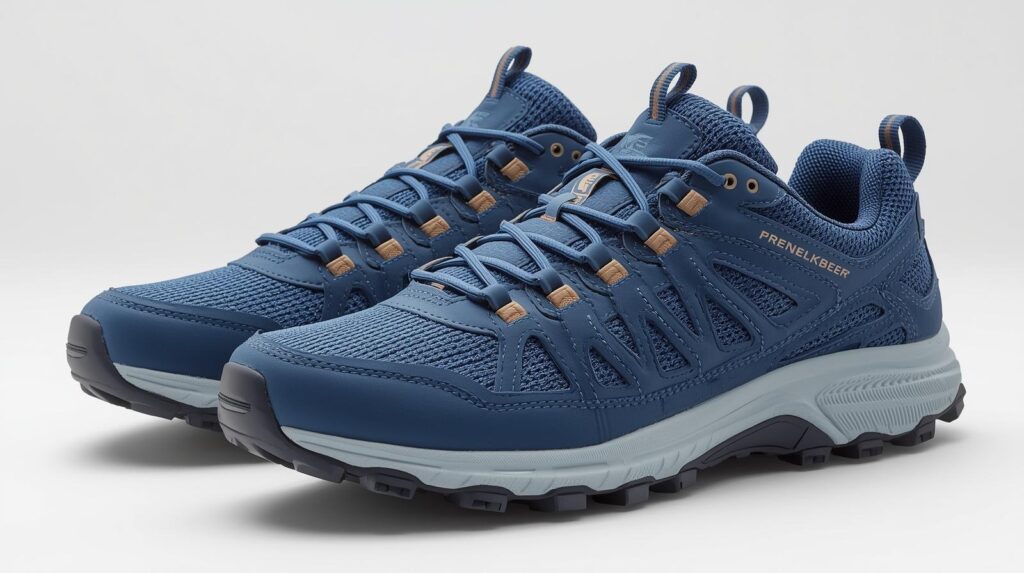When it comes to walking comfortably and safely, the shoes you choose make a world of difference. At Sunshine Coast Health Services, we often see older adults wearing heavily cushioned running shoes or walking shoes. While these might look supportive, they can actually work against you if they don’t match your foot type or your balance needs.
The Cushioning Myth
Running shoes are designed for athletes who need to absorb repeated high-impact forces. Most older adults are not running marathons, and in fact, too much cushioning can reduce your stability. When your feet sink into overly soft shoes, your sense of balance can be thrown off, making you more prone to wobbles or falls.
Instead of acting like shock absorbers, these shoes can make it harder for your feet to “feel” the ground beneath you and that sensory input is crucial for balance.
 What to Look For in the Right Shoe
What to Look For in the Right Shoe
For most people, especially those who walk regularly but aren’t heavy on their feet, a shoe that offers:
- Firm support – to hold the foot in place and reduce excessive movement.
- Moderate cushioning – enough for comfort but not so much that it destabilises.
- A stable sole – one that encourages a natural heel-to-toe walking pattern.
Types of Shoes That Provide Comfort and Stability
Here are some good alternatives to the over-cushioned runner:
🏐 Court Shoes (Netball, Tennis, Pickleball)
- Designed for quick stops, starts, and side-to-side movements.
- Firm midsole and stable base.
- Lower to the ground, which helps balance.
👟 Aerobic / Cross-Training Shoes
- Built for mixed activity, so they’re stable in multiple directions.
- Moderate cushioning for comfort without sinking.
- Great for walking, gym work, and daily wear.
🚶 Walking-Specific Shoes (with stability features)
- Some brands make walking shoes that focus on support rather than softness.
- Look for a firm heel counter, supportive arch, and wide base.
- Avoid styles marketed as “plush” or “cloud-like.”
🌿 Trail Shoes (lightweight versions)
- Firmer midsoles and grippy outsoles designed for uneven ground.
- Provide stability and a grounded feel.
- A good choice if you enjoy walking outdoors or on mixed surfaces.
👞 Lifestyle Sneakers (supportive designs)
- Casual but with structure — brands like New Balance, Brooks, Asics, and Ecco make models with stability built in.
- A nice balance of comfort, style, and podiatry-friendly features.
Foot Type and Balance Connection
Every foot is different. High arches, flat feet, or changes due to age and health conditions can all affect how your body balances. The right shoe supports your natural foot type, which in turn helps maintain your stability. Good footwear is about more than comfort — it’s about safety, independence, and keeping you active.
Our Recommendation
Before buying your next pair of shoes, think beyond cushioning. Ask yourself:
- Does this shoe give me stability?
- Can I feel the ground when I walk?
- Does it support my foot type?
If you’re unsure, book an appointment with our podiatry team. We’ll assess your feet, your gait, and your balance, and recommend the shoe that’s right for you and not just what’s popular on the shelves.
The right shoes don’t just make walking easier; they keep you safer and more confident with every step you take.
